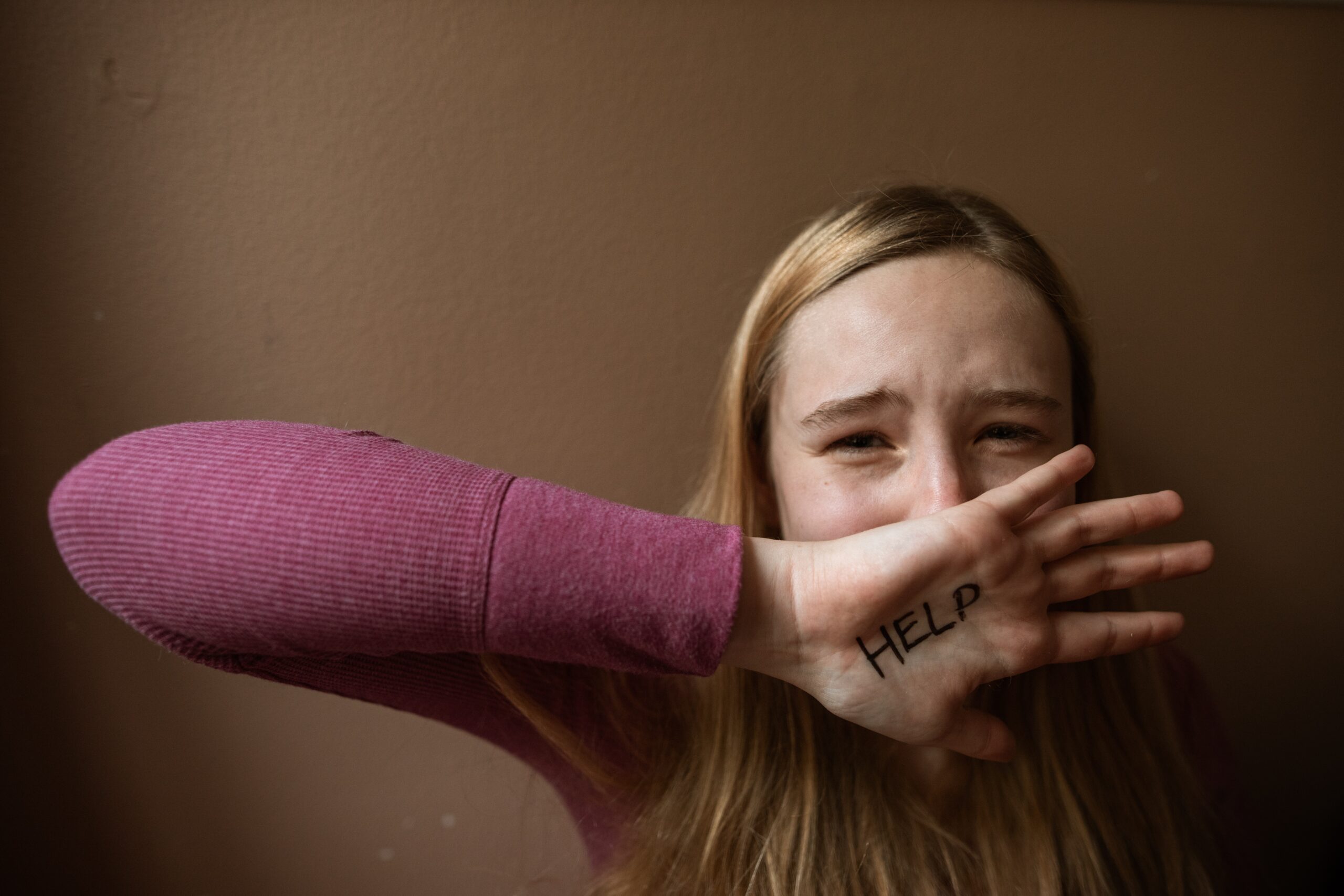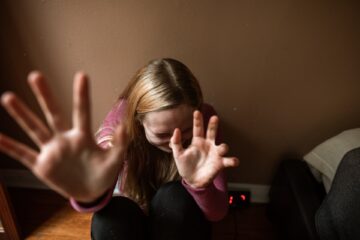![]()
Background
In the time of Covid-19, where the whole world is in a state of lockdown, in India, two types of news are attracting the attention of the public. First is the news showing the queues form for purchasing the liquor and the second news is the incident of “Bois (Boys) Locker Room”. On 3rd May 2020, certain screenshots of a chat group on Instagram with the name “Bois Locker Room” caused mass unrest among the internet users. The group included hundreds of teenage boys between the age group of 15 to 19 years, from reputed schools of South Delhi.
This group use for sharing morphed photographs of underage girls, objectifying their bodies through vulgar and demeaning talk. Also conversations relating to sexual violence and gang rape were to be quite casual in this group. This atrocious issue came to light after a girl, who was accidentally add to the Bois Locker Room group, took screenshots of the chats and share them with classmates and on social media. The Delhi police have registered a complaint against the group and the incident is under investigation.

Around 26 members of the group have been identified. Some of them have stated that they were unaware of the fact that they were part of this group. They were added to the group unknowingly. Even though, an investigation is in process relating to the Bois Locker Room. The teenagers have got the courage to create a new group; “Boys Locker Room 2.0” for carrying forward the same disgusting activity.
In addition to this incident glorifying the rape culture. Another controversy of a similar nature has come up where screenshots of voyeuristic chats between the girls are doing the rounds on the internet. Several screenshots of this Girls version of Locker Room reveal that not just boys. But girls are also active partakers in perpetuating body-shaming and making sexually explicit remarks. However, this should not be turned into a girls versus boys issue. But should kickstart a change in the kind of culture which has been built.
Legal Consequences
The Delhi Police have registered an FIR (First Information Report) under sections 465, 469, 471, 509 of the Indian Penal Code (IPC). Sections 67 and 67A of the Information Technology Act 2000 (IT Act). A brief description of the said sections as stated below.
- Section 465 of IPC speaks about forgery. Forgery generally means the material alteration of an object. In this case this section is attract as morphing of images i.e. Transformation carry out of one image into another. The person committing such offense shall be punished with imprisonment; extending up to two years, or with fine, or with both.
- Section 469 of IPC specifies the punishment for forgery done with an intention to harm one’s reputation is imprisonment up to three years; with liability to pay fine as well. In this case, the morphed photos of the underage girls had destroyed their honor.
- Section 471 of IPC states that if one dishonestly uses a forged document or electronic record. It shall be punished in the same manner as if he had forged the same.
- Also Section 509 of IPC was attracted as such acts of the Bois Locker Room had insulted the modesty of a woman. Whoever commits such offense shall be liable for a simple imprisonment; which may extend to one year, or with fine, or with both.
- Section 67 of the IT act specifies the punishment for publishing or transmitting obscene material in electronic form; which in this case is applicable. The punishment is framed in two parts. For first conviction the imprisonment may extend to three years and fine up to five lakh rupees. And in the event of a second conviction; the imprisonment may extend to five years and fined up to ten lakh rupees.
- If the material published or transmitted in electronic form contains sexually explicit act then this attracts section 67A of IT Act. In which the punishment for a first conviction is imprisonment; which may extend to five years with fines up to ten lakh rupees. In the event of second or subsequent conviction. The imprisonment may extend to seven years with fine up to ten lakh rupees.
Apart from the registered sections, various other legal sections could also get attracted to this offense which includes sections 354C (Voyeurism), 354D (stalking) & 506 (Punishment for criminal intimidation) of IPC; sections 66E (Punishment for violation of privacy) & 67B (Punishment for publishing or transmitting of material depicting children in sexually explicit act, etc. In electronic form) of IT Act. In addition to these, the sharing of images of underage girls. This could also be a violation of the Protection of Children from Sexual Offences Act 2012 (POCSO Act).
Scope under Juvenile Justice Act
The teenagers between 15 to 19 years of age are involve in the crime. It took place through the Bois Locker Room chat group. According to the laws in India, if the children committing crime are below the age of 18 years (child in conflict of law/juveniles); would be try under the Juvenile Justice Act. Ones above 18 years of age would be under the adult criminal law in the Criminal Court Trial.
As far as the punishment is take into consideration. Whether being juvenile affects the punishment possible for the commission of these offenses. Then yes, any of the boys who are under 18 years of age, will not be try before the criminal courts. But will instead be take before the Juvenile Justice Boards. These juveniles in conflict with law shall be lodge in a juvenile detention center or special juvenile home until the bail is grant. The maximum punishment by a Juvenile Justice Board for a juvenile is 3 years imprisonment.
The crime that took place through such a chat group is an atrocious one. Among the various questions of law, an important question to be raised before this Juvenile Justice Board is that- Whether the offense commit by the juveniles involve is a ‘serious offense’. Therefore warranting the reference of juveniles above 16 years of age for Criminal Court Trial.
The Juvenile Justice (Care and Protection of Children) Act, 2015 enables juveniles in the age group of 16-18 years, who conflict with the law, to be try as an adult. This provision add after the Nirbhaya gangrape in Delhi. Wherein child in the age group of 16-18 years if commits a heinous offense. After doing the preliminary assessment of his maturity. If the Juvenile Justice Board finds it appropriate that the child’s trial should be done like an adult. The child’s case could be transfer to a Children’s Court and the Children’s Court will determine. Whether the trial of this child could be conduct under Juvenile Justice Act or Criminal Procedure Code provisions.
If the child is under adult criminal justice. Then he could be punish under the provisions of the Indian Penal Code. If the child is try under Juvenile Laws. Such a child in a conflict of law is save from two types of punishments. First is the death penalty and second is life imprisonment without the possibility of release.
Section 74 of The Juvenile Justice (Care and Protection of Children) Act, 2015 also clearly states that no report in any newspaper, magazine, news-sheet or audio-visual media. Or other forms of communication regarding any inquiry or investigation or judicial procedure. They shall disclose the identity of the child who has committed an offense. So media houses and private persons who are discussing this issue online. It need to be careful that they do not inadvertently put out names or photos of any of the boys. Unless they are over 18 years of age.
Precautions necessary for safeguard against Cyber-Crime
The type of crime which has come into light due to this incident of Boys Locker Room is Doxing. Doxing is a type of cybercrime wherein somebody with the wrong intention uses one’s private information or pictures and posts it online in order to intimidate the person whom the images belong to or the private information belongs to. Some of the safety precautions one should apply are mention below.
- If one has a social media account, ensure that its privacy settings are up to mark. All the social media accounts give the option of keeping account private. Private means only somebody whom one allows will be able to see one’s images and private information.
- Whenever one is online, one keeps giving out the information as and when browsing on the net. So one needs to use a VPN (Virtual Private Network) which will put all of its internet use inside an encrypted secure tunnel and no one can eavesdrop on. One needs to use good quality VPN and avoid free services and avoid companies that will try to keep a log of one’s online activities.
- A lot of people download a lot of apps and browser extensions which make life easier and make their searches faster. But remember these apps may not be authentic and browser extensions may leak out a lot of personal information which one may not be giving its full consent to. Ensure that only apps that are in regular use and only apps that are authentic are in use.
- It is very important to use an operating system that is up-to-date and a proper antivirus. If the system is outdate, it is more susceptible to falling prey to malicious software which is as malware and once these malware enter the system, they can give the hacker access to one’s private information.
- Whenever any new app is download, in more than 90 % cases, these apps ask for permissions to one’s gallery; to the camera or microphone; to one’s contact list; etc. Once this permission is give, the app gains the right to access one’s personal information. One cannot hold anybody responsible for it. So the best thing to do is only keep apps that are necessary and only give permissions to that aspect of the smartphone or that information which one is fine with having being share online.
Even after following all these precautions, if one is still a victim of doxing and still finds the personal information being misuse, one has the option of reporting the matter at the national cyber-crime reporting portal i.e. www.cybercrime.gov.in. Remember that the information one is putting out there through social media platforms or social media accounts through apps, browser extensions, and the websites that one visits, one needs to be very careful at each step. Only share that much information that is alright to have in public.
Conclusion
This incident of the Locker Room is not a new one. Previously, in December 2019 too, a similar incident took place wherein students from top-ranked schools in Mumbai were involve in making violent and sexually explicit remarks about their female classmates on a WhatsApp group. Also, the Delhi 2004 MMS scandal was in news. It is hard to believe that the teenagers of this small age would perform such gruesome acts. This alarming attitude of teenagers glorifying rape culture is an extremely serious problem.
Some are even of the opinion that if these culprits are old enough to do it, they are old enough to be held accountable for it. I believe, this matter is not about age. This matter is only about one thing, “Sick mentality” and to overcome this mentality there is only one solution, and that is “Communication”. Let’s talk about values. Let’s talk about the basic ethics of life, family, trust, respect, kindness, love for each other. Unless and until these basic ethics are imbibed, this will not stop at all.



0 Comments